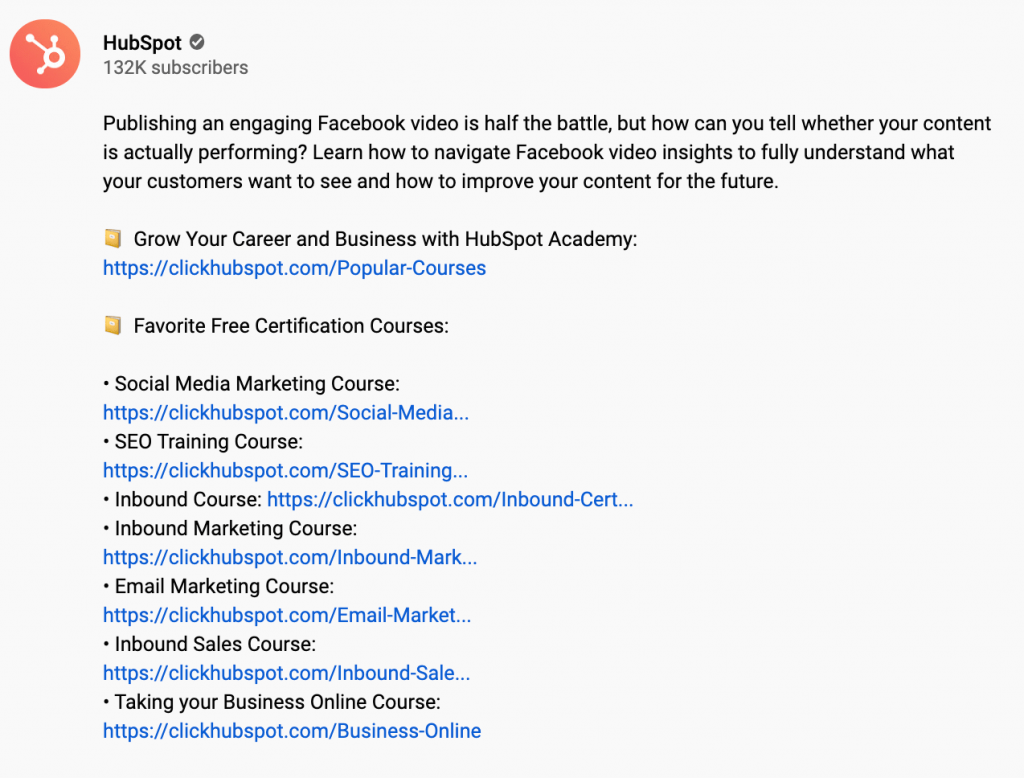What is a Media Kit — and How to Make One [+ Examples]

Your competitor releases a new product or service. You offer something similar — but, of course, much better.
Then, suddenly, your competitor’s product is everywhere. News articles, online reviews, best-of lists, buyers’ guides, even TV segments.
How is this happening? And your real question: why isn’t it happening to you?
To compete against your competitors, there’s one thing you’ll need in your wheelhouse: a media kit.
Here, we’ll explore what a media kit is, and how it can help you increase brand awareness and, ultimately, sales.
Plus, how to make one for your own brand.
Media kits may live fully-online as responsive online press pages. Or, businesses may choose to make their press kits available as static, downloadable resources, like a presentation deck.
Whatever format you choose, this much is clear: businesses of all sizes benefit from having a professional, readily-accessible media kit. This vital resource is a key to the earned media coverage all businesses covet — from massive Fortune 500 corporations all the way down to individual influencers and solopreneurs.
A comprehensive media kit should include a description of the company or individual, contact information, social media statistics, case studies, information on partnerships and collaborations, and testimonials from past customers.
Basically, it’s all the information a journalist would need to feature your brand in a breaking news story — without the headache of a last-minute information request.
How to Make a Media Kit: What to Include
So, you want press coverage and partnerships (what brand doesn’t?). And you understand how a media kit helps make this all possible. But how do you make a media kit?
Here’s some good news: most of the content and creative assets you need to create your press kit likely already exist.
Key elements of a media kit include a bio or About Us page, social media statistics, case studies, partnerships and collaborations, and testimonials. To make it even easier for the press to cover your work, you’ll want to include high-quality brand identity images (think both logos, and other brand images or product/service images).
It’s up to you to (1) find this information, (2) make it look spectacular, and (3) make it painfully easy to find on your site. The rumors you’ve heard about journalists and how overworked they are? Entirely true.
To catch the attention of someone on tight deadlines with an internet full of story prospects, you’re going to want to make this simple. Most brands choose a direct page name like “Press” or “Media” –– or, if they’re really fancy, “Newsroom” –– and make it accessible directly from their homepage (often in the Footer).
Even if you prioritize a web version, having a downloadable media kit or deck is worth the time investment. Some media users might prefer the traditional form of this resource, and it gives you the best opportunity to control your pitch and tailor content to all audiences.
Biography or About Us
Let’s start with the star of your …read more
Source:: HubSpot Blog








